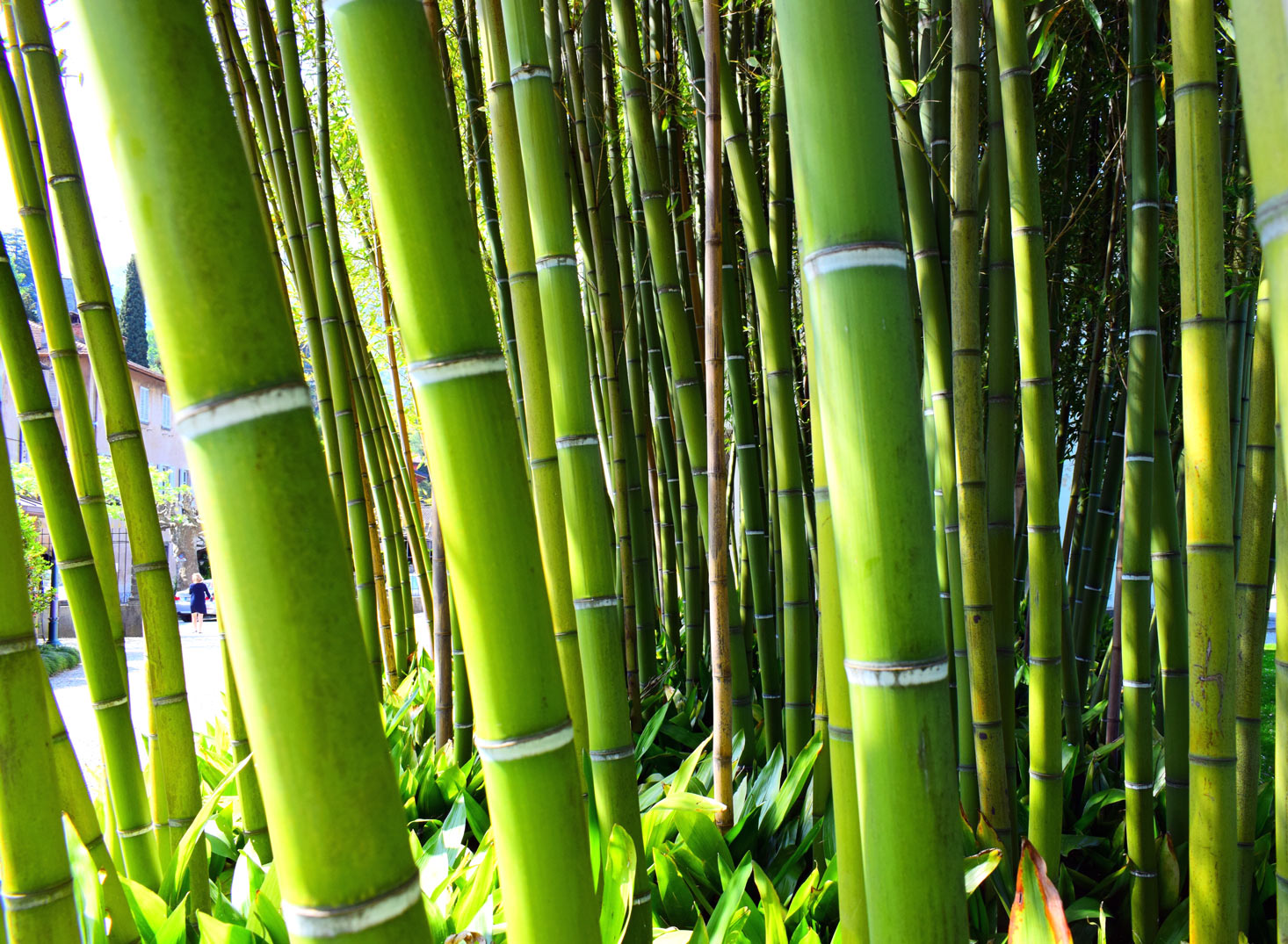Bamboo is a versatile plant that has gained popularity in home and garden decor due to its exotic appeal and fast growth. However, there is some confusion about its drought tolerance. Can bamboo thrive in drought-prone areas? In this article, we will explore the topic and provide expert tips on choosing and caring for drought-tolerant bamboo species. Whether you live in a hot and dry climate or are looking for a low-maintenance plant, this article will help you make informed decisions about incorporating bamboo into your home or garden.
1. Choose the Right Bamboo Species
When it comes to drought tolerance, not all bamboo species are created equal. Some varieties are naturally more resilient and can withstand long periods of drought without showing signs of stress. Consider the following drought-tolerant bamboo species:
- Phyllostachys aurea (Golden Bamboo): This species is known for its hardiness and adaptability to various climates. It can handle both drought and cold weather conditions.
- Bambusa oldhamii (Giant Timber Bamboo): This fast-growing bamboo species is highly drought-resistant and makes an excellent privacy screen or windbreak.
- Dendrocalamus strictus (Male Bamboo): Native to India, this bamboo species is well-suited for dry and arid regions. It can thrive in areas with as little as 20 inches of annual rainfall.
2. Plant Bamboo in Well-Draining Soil
To promote drought tolerance, it is vital to provide bamboo with well-draining soil. This ensures that excess water doesn’t collect around the roots, which can lead to rot and other problems. Follow these steps for optimal soil drainage:
- Prepare the planting area by loosening the soil with a garden fork.
- Incorporate organic matter, such as compost, to improve soil structure and drainage.
- Avoid compacted or clayey soils, as they tend to retain moisture.
3. Mulch to Conserve Moisture
Mulching around your bamboo plants is an effective way to conserve moisture in the soil and reduce evaporation. Apply a layer of organic mulch, such as wood chips or straw, around the base of the plant, leaving a few inches of space around the stem. Benefits of mulching include:
– Retaining soil moisture by reducing evaporation.
– Regulating soil temperature, keeping roots cooler during hot weather.
– Suppressing weed growth that competes for water and nutrients.
4. Water Deeply and Infrequently
When it comes to watering bamboo, less is often more. Deep, infrequent watering encourages deep root growth and increases drought tolerance. Follow these watering tips for optimal results:
– Water deeply, allowing the water to penetrate the soil to a depth of at least an inch or two.
– Avoid frequent shallow watering, as it promotes shallow root growth and makes the bamboo more susceptible to drought stress.
– Water early in the morning or late in the evening to reduce water loss through evaporation.
5. Provide Adequate Shade
While bamboo plants require some sunlight to thrive, providing them with adequate shade during hot summer months can help reduce water loss through evapotranspiration. Consider these shading options.
Plant taller bamboo species strategically to provide shade to smaller or more delicate varieties. And utilize shade cloths or structures that can be adjusted to provide shade when needed. Avoid planting bamboo in areas that receive intense, direct sunlight all day long.
6. Regularly Inspect and Maintain
Regular inspection and maintenance are crucial to ensuring the health and drought tolerance of your bamboo plants. Here’s what you need to do:
- Monitor for signs of stress, such as yellowing leaves or wilting.
- Prune any dead or damaged canes to promote new growth and conserve resources.
- Fertilize according to the specific needs of your bamboo species for optimal growth and resilience.
7. Be Patient
Lastly, when establishing a drought-tolerant bamboo plantation, it is essential to be patient. Bamboo can take a couple of years to become fully established and exhibit its drought resistance. During the initial phase, provide regular care, water, and maintenance to help the bamboo establish robust root systems that will support their long-term survival in drought conditions.
Bamboo can indeed be a drought-tolerant plant if you choose the right species, provide appropriate growing conditions, and implement good maintenance practices. Remember to select drought-resistant bamboo species, optimize soil drainage with well-draining soil and mulch, and water deeply and infrequently to encourage deep root growth.
Providing adequate shade and regular inspection and maintenance will help ensure the health and resilience of your bamboo plants in drought-prone areas.
With these expert tips, you can confidently incorporate bamboo into your home or garden, adding beauty and exotic charm while conserving water resources.



